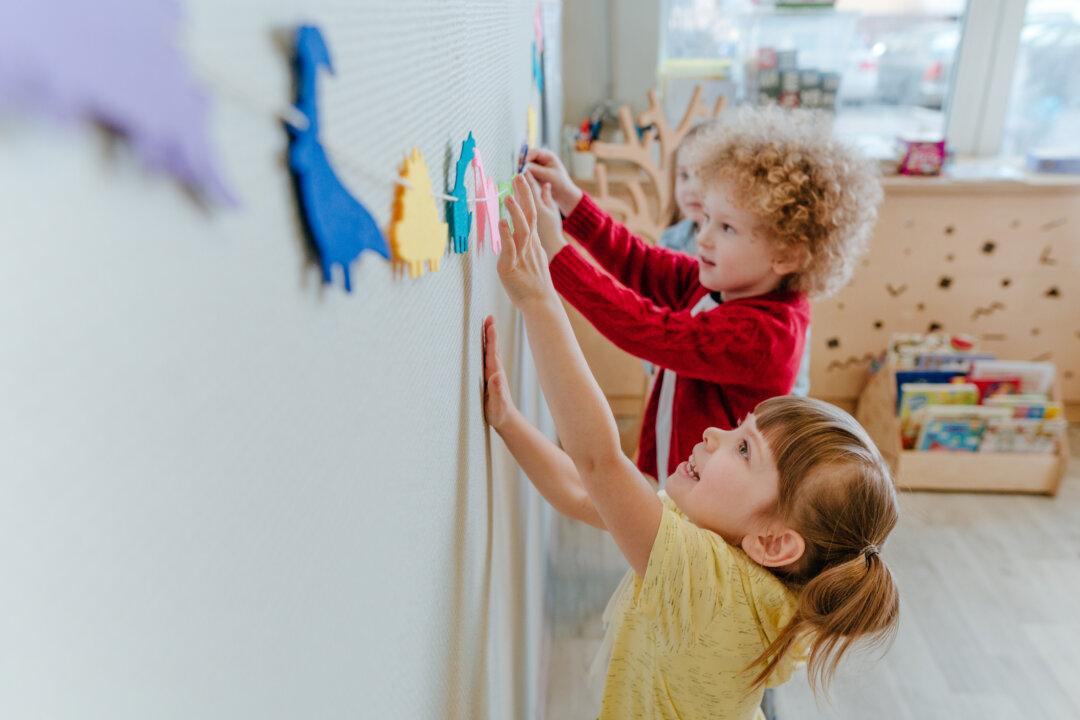Rhea*, 23, wanted to become a childcare teacher out of her love for young children. She enrolled in an early childhood education course in Gold Coast, hoping to learn about children’s development, how to take care of them and broaden their world through play-based learning.
She was expecting her student experience to be “practical.” But one month into her course, she found some of the content in the class confusing.
Gender identity theories, postmodernism, poststructuralism, racism, and power struggles are now considered essential knowledge for preschool teachers.
A compulsory reading for her course titled ‘Programming and Planning in Early Childhood Settings,’ viewed by The Epoch Times, stated that “identities, including what it means to be a boy or a girl, are socially constructed.”




